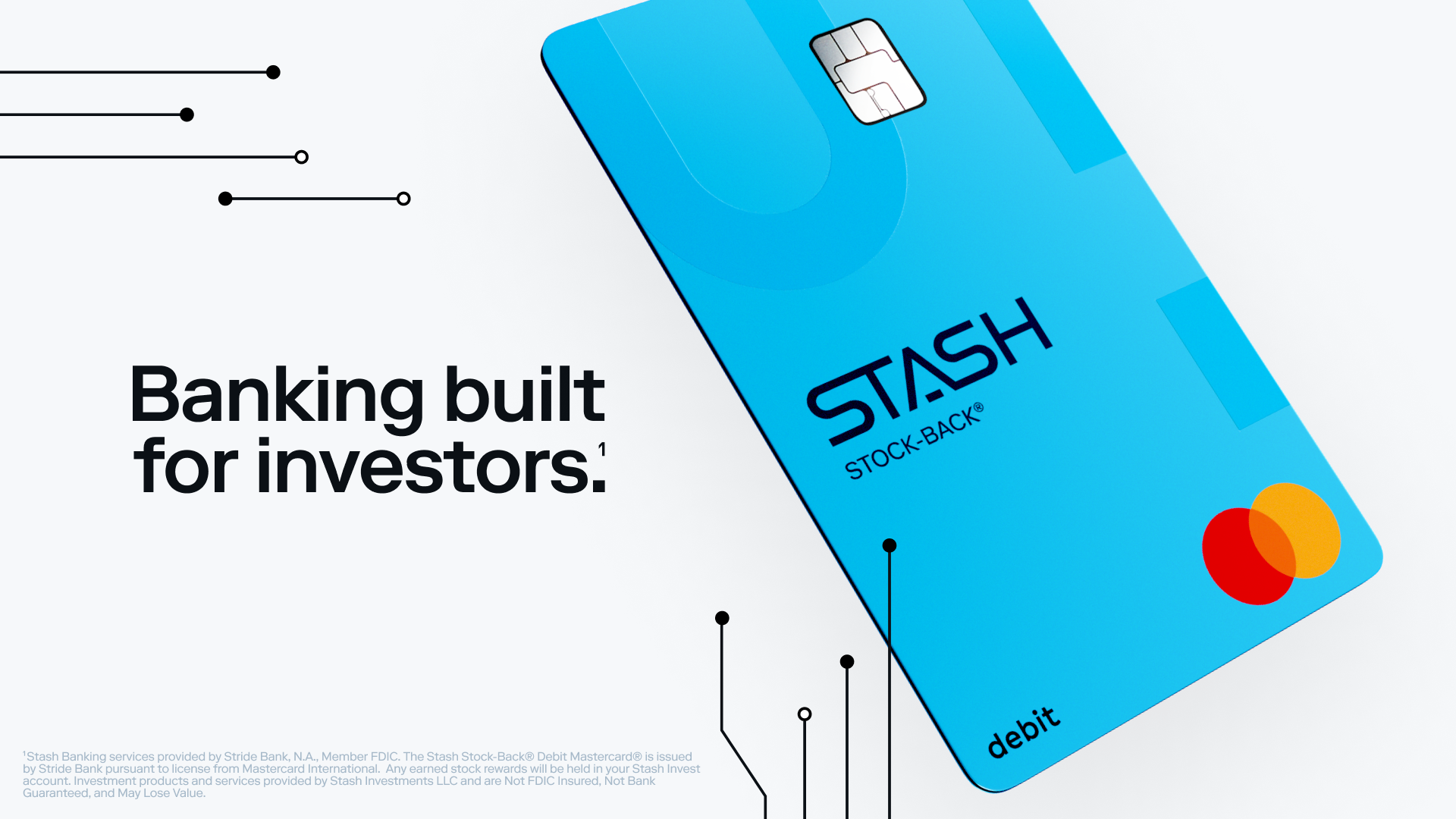
- Ethoca announced a partnership with India’s ChargebackZero to help merchants eliminate chargebacks.
- The collaboration will integrate Ethoca’s chargeback alert technology into ChargebackZero’s Intelligent Dispute Prevention & Management Solution (iDPMS).
- Ethoca made its Finovate debut in 2015 at FinovateFall. The company was acquired by Mastercard in 2019 for an undisclosed sum.
Ecommerce fraud and chargeback prevention company Ethoca has teamed up with India-based ChargebackZero to help merchants minimize chargebacks. The partnership will also bring greater transparency to consumer transactions, and make it easier for merchants to share the details of confirmed fraud and dispute incidents.
The collaboration will enable merchants to rely on a chargeback alert system that notifies them in the event of an impending chargeback. Notifications are made via the ChargebackZero dashboard, which combines a variety of alert types from card issuers with ChargebackZero’s dispute management tools. The alerts allow merchants to identify and revolve customer disputes with the customer’s issuing bank in near-real time. By preventing chargebacks, including chargebacks that occur post-authorization, the partnership will make it easier for merchants to accept more orders without increasing their exposure to potentially fraudulent activity.
Ethoca offers a suite of solutions to help merchants and issuers eliminate chargebacks, reduce card not present (CNP) fraud, recover lost revenue, and improve the customer experience with a better dispute resolution process. Ethoca’s Consumer Clarity solution connects issuers to merchant order and account history details in real time. This gives issuer call center agents with the data they need to manage real-time conversations with cardholders when disputes arise. Ethoca also offers its Ethoca Alerts technology, which provides issuers and card-not-present merchants with access to a global collaboration network that enables them to share fraud and customer dispute data in real time, rather than in weeks as is normally the case with chargebacks.
Headquartered in Toronto, Ontario, Canada, Ethoca made its Finovate debut at FinovateFall in 2015. In the years since then, the company has inked partnerships with fellow Finovate alum TSYS, as well as Pegasystems, BlueSnap, and Cartes Bancaires. Ethoca agreed to be acquired by Mastercard in the spring of 2019 for an undisclosed sum. Calling Mastercard “a natural home,” Ethoca CEO Andre Edelbrock said the acquisition would “bring our services to more places and more people, ultimately contributing to the beset possible online payment experience.”
Ethoca serves more than 5,400 merchants in 40+ countries and more than 4,000 card issuers in more than 20+ countries. Eight of the top ten North American ecommerce brands, 14 of the top 20 North American card issuers, and six of the top ten U.K. card issuers use Ethoca’s technology to eliminate chargebacks, prevent fraud, and recover lost revenue.














